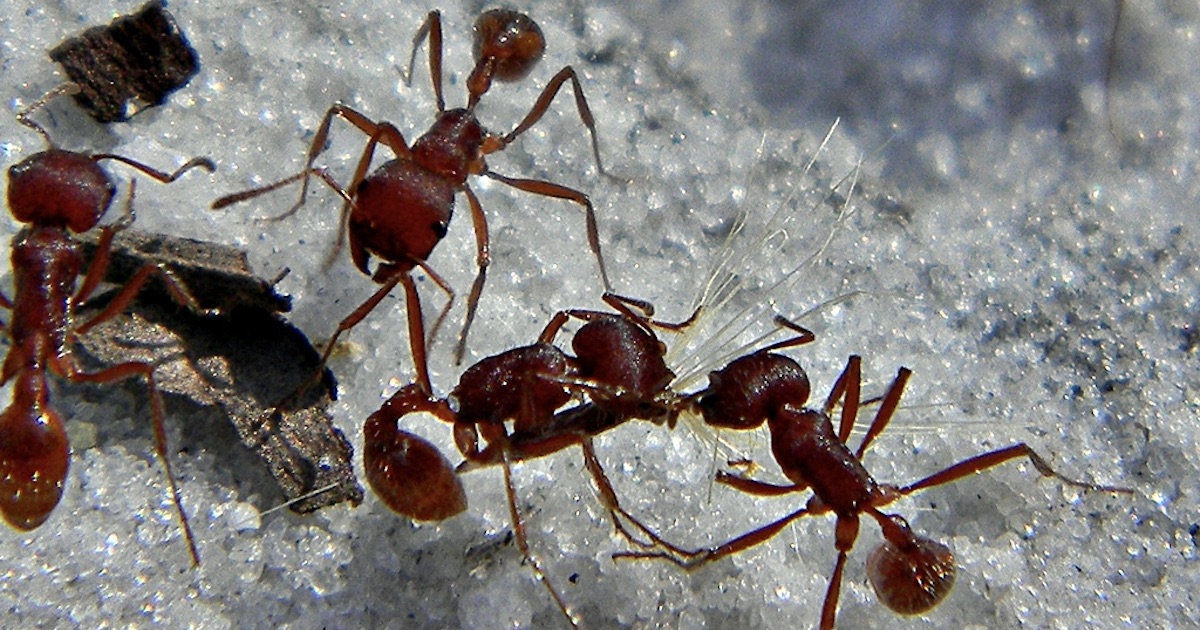 Intelligent Design
Intelligent Design
 Life Sciences
Life Sciences
Irreducible Complexity in Ant Behavior Triggers a Recognition of Intelligent Design

Here’s a very interesting episode of ID the Future, with host Eric Anderson and Animal Algorithms author Eric Cassell. The topic of conversation is the algorithm-driven foraging behavior of harvester ants. The design argument here is not from the algorithm alone but from the irreducibly complex combination of that with physical signs (cuticular hydrocarbons) exchanged by the ants and the sensors they use to interpret the signs. These must all work in concert, or the ants are out of luck. How did an unguided evolutionary process give each capacity to these social animals, each highly complex in itself but of no use unless present together? The evident foresight that guided the devising of this behavior is what triggers the recognition of intelligent design.
Cassell discusses recent research published in the Journal of the Royal Society Interface, “A feedback control principle common to several biological and engineered systems,” which draws an unapologetic parallel between human engineering and biological systems. As the authors write, “We hypothesize that theoretical frameworks from distributed computing may offer new ways to analyse adaptation behaviour of biology systems, and in return, biological strategies may inspire new algorithms for discrete-event feedback control in engineering.” In other words, biology and engineering can be mutually informative to each other. Cassell has written about this research, too, at Evolution News, and about similarly remarkable behaviors in Animal Algorithms. Download the podcast or listen to it here.
